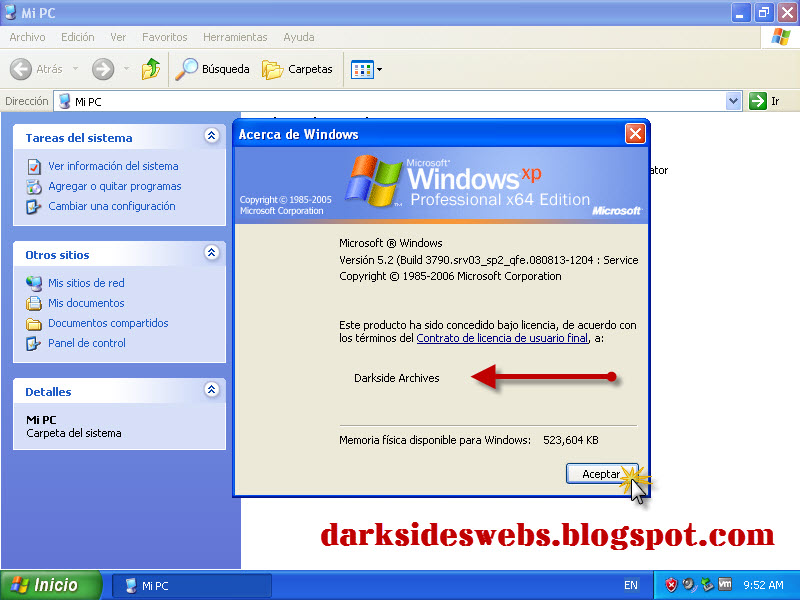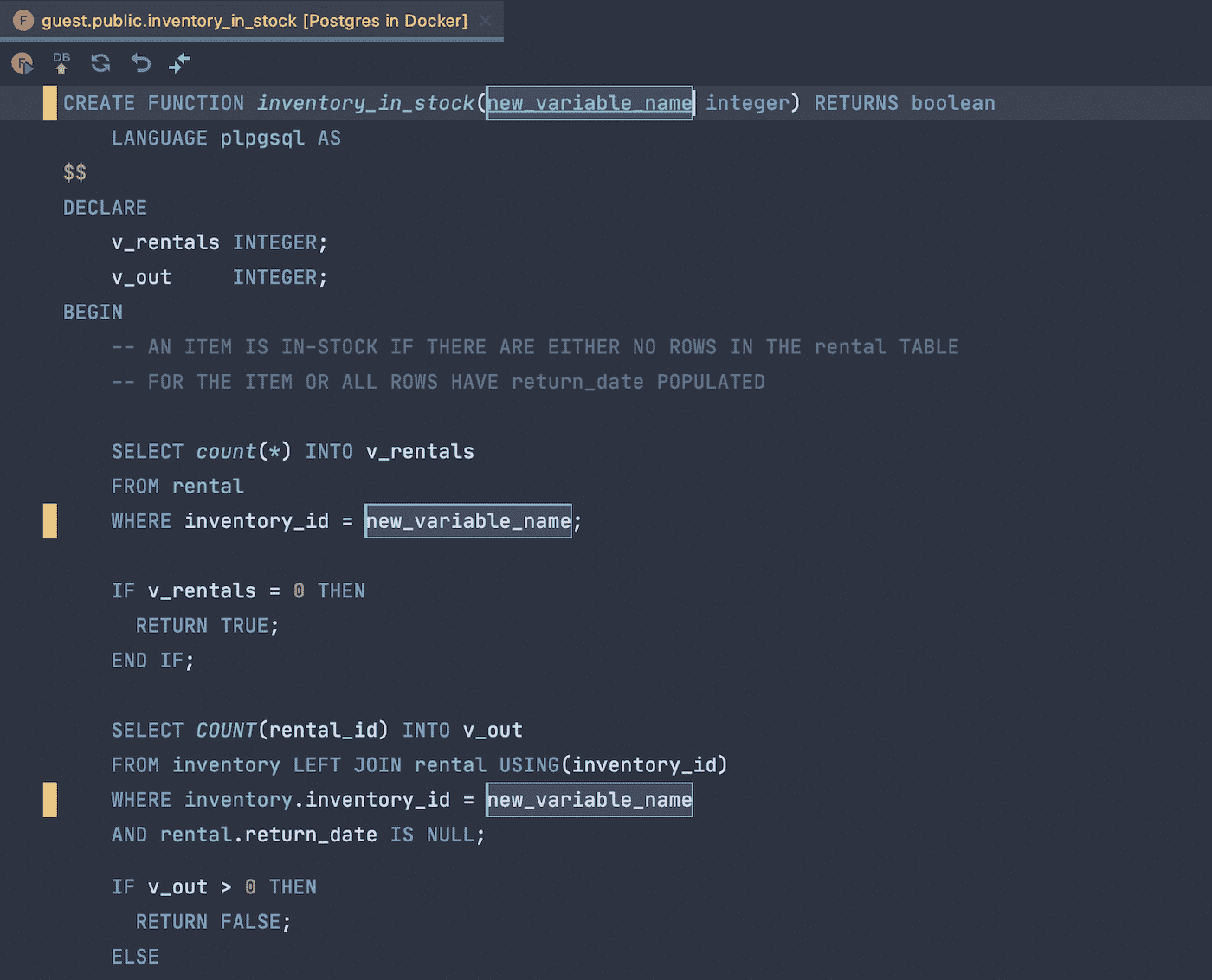

You can click next to the relevant table or view to see a preview of the data inside it.

SQL/DDL/DML samples we'll use to test our parser. A complex schema DDL dump with a large number of cross-references. A docker image (preferable) and/or a cloud instance.
Datagrip snowflake driver#
We can also host the driver on our side, but we’ll need your permission to do that. JDBC DriverĪ direct link to the official JDBC driver for downloading from the IDE. Please advise which ones should be used to ensure best performance. Some databases provide different catalogs depending on user permissions, and their performance can vary. For example, when you create a table in the query console, it should appear in the database tree without refreshing the whole schema.
Datagrip snowflake update#
The incremental introspection logic is used to immediately update the schema on the fly. Incremental introspection mode: If there is a way to track the last-update-time or transaction id for a schema, or any other object, please tell us about it. That's why the queries need to be optimized for multi-pass execution. So the full introspection is performed in several steps and the UI is updated on each step. Full introspection mode: For better user experience, DataGrip retrieves schemas first, then tables and views, and then the finer details. These queries are used to retrieve the structure of a database in two scenarios: full and incremental introspection. The names of the returned data columns should match the property names in the data model. "RetrieveColumnsQuery", "RetrieveSources", etc. Queries for retrieval of child objects and finer details, e.g. "RetrieveViewsQuery", "RetrieveTablesQuery", etc. Queries for each schema child object that retrieve the main properties, e.g. TableColumn ::= Name | DataType | Default | NotNull | AutoInc |.

Table ::= TableColumn * | Index * | Key * | ForeignKey * | Check * | Trigger * |. Example in BNF-like notation: Root ::= Schema * The syntax is:Ī number of objects with their properties. Provided in HTML format, with a separate HTML for each built-in function.įor example: dbms-help.zip!/functions/convert.html which is shown for convert(.) function: ĬONVERT() provides a way to convert data between different character sets.

Grammar-kit, ANTLR, or Bison would be even better. To do this, we need the following: SQL syntax Grammar While we don’t provide an API to build this kind of plugins, we are open to building the support ourselves, Some feature requests from our tracker include Vertica, People often ask us to add support for their favorite database system to our IDEs.
Datagrip snowflake how to#
How to get a new RDBMS supported in IntelliJ-based IDE


 0 kommentar(er)
0 kommentar(er)
